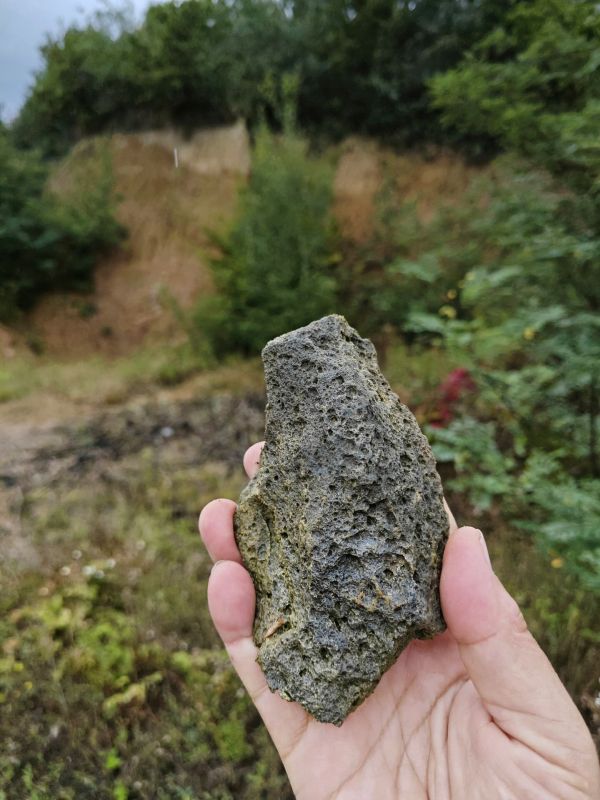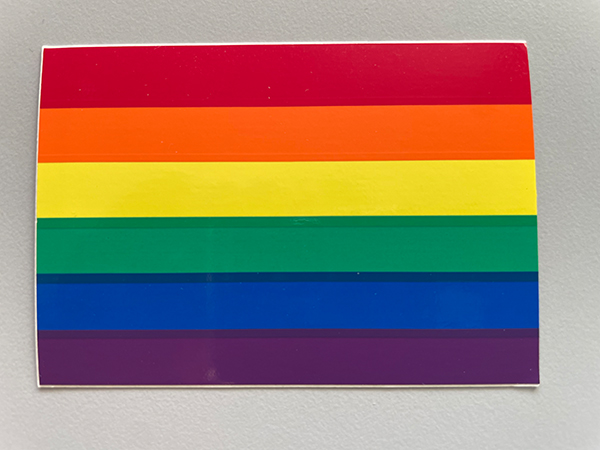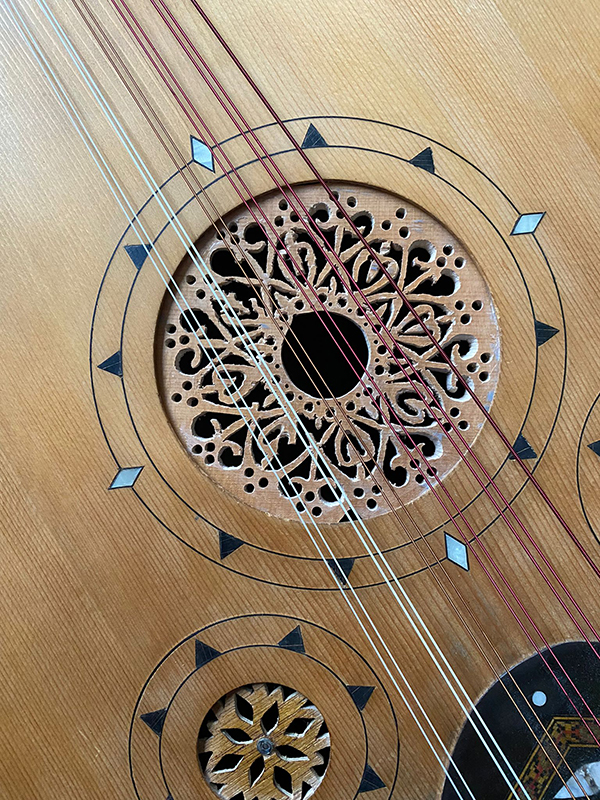By Stefan Krmnicek
From ancient coins and their diverse coin designs and inscriptions, one can learn many new things about the rich history of Syria. This coin was minted in silver in Damascus at some point between the years 121 to 120 BC. It is 16.29 g in weight.
The “heads” side shows in profile the heads of Queen Cleopatra Thea and her son Antiochos VIII, who ruled Syria together at that time. The queen is adorned with magnificent earrings, a veil, tiara and hair ribbon. Her son wears a bandage, the symbol of royalty, in his hair. Through the picture on the front, we learn of their appearance. Thus, Antiochus bore the nickname “hooked nose” because of his characteristic nose, which one can easily see on the coin. The way the two portraits are depicted is also very revealing. For example, the composition tells us that Queen Cleopatra Thea, who is depicted in the foreground – that is, in a prominent position – dominated the reign she shared with her son. Not even the young king’s wife, the Egyptian-born Ptolemaic princess Tryphaina, was depicted on the coins, but his overbearing mother was. After the death of his mother, the generosity and hospitality of King Antiochos VIII was legendary. It is said that he entertained many guests day after day and gave the guests additional honey cakes, wreaths decorated with golden ribbons and incense – in other words, precious gifts – to take home with them from the dishes of the meal. At that time Syria was the heartland of the Seleucid Empire, which was one of the central political players in the eastern Mediterranean until its conquest by the Romans in the first century BC.
The reverse of the coin is also very informative. We see the ancient father of the gods Zeus sitting on a throne to the left. In his raised right hand, he holds a small winged figure. This is Nike, the goddess of victory. The sports shoe brand with the same name is named after her. In his left hand, Zeus holds a scepter as a sign of his rule as the highest of all ancient Greek gods. If you look at the coin and turn your head 90 degrees to the right, you can see a multi-line script in Greek letters. It translates as “This is a coin of Queen Cleopatra Thea and King Antiochos”. To the far left, below the throne and below the line on which Zeus sits, are so-called monograms. These are various letters, some of which are connected to each other, signs from the administration of the mint – just as we find serial numbers and check digits on our modern banknotes today. Coins were a strictly regulated and verified means of payment even more than 2000 years ago.
If you are interested in hearing more similarly exciting stories, you can admire ancient coins from Syria, Iraq and even Afghanistan in the Museum of Ancient Cultures at the University of Tübingen in Hohentübingen Castle. Due to COVID, a digital coin cabinet from the Institute of Classical Archaeology can be visited virtually at:
https://www.ikmk.uni-tuebingen.de/home?lang=de
Our coin can be seen at:
https://www.ikmk.uni-tuebingen.de/object?id=ID3174
tun120105
Foto: Stefan Krmnicek, Univ. Tübingen. Tetradrachme der Kleopatra Thea und ihres Sohnes Antiochos VIII. aus Damaskus, Tüb. Inv. II 1482/36a



